Navigating the evolving landscape of cannabis consumption, especially with emerging cannabinoids like THCP, raises significant questions for drivers about legality, drug testing, and the risk of impairment. THCP, a potent relative of THC, has garnered attention for its strength and potential effects on users, making it a focal point for both curiosity and concern among those who partake and then get behind the wheel. This comprehensive look delves into what drivers need to know about THCP, from drug test detection times and the accuracy of these tests to navigating legal territories in Europe.
THCP and Driving: Balancing Enjoyment with Responsibility
As THCP carves out its niche in the cannabis world, its potency begs a crucial question for drivers: Can I still drive if I've consumed THCP? The answer isn't straightforward and hinges on several factors, including detection times, legal thresholds, and the nuanced laws that vary from country to country in Europe.
Understanding Detection Times
Before even considering getting behind the wheel, it's essential to understand how long THCP might linger in your system, posing a risk for drug tests and, more importantly, impairing your ability to drive safely. Detection times vary by test type:| Test Type | What's the Scoop? | Detection Window |
|---|---|---|
| Urine Tests | Great for their long detection window, these tests might not nail down the exact moment of THCP consumption but can flag a positive days or even weeks later. | Days to weeks after use |
| Blood Tests | Best for spotting recent use, they're key to figuring out if you're currently under the influence. The exact duration THCP affects driving skills is still up for study. | Shortly after use |
| Saliva Tests | The go-to for quick checks by the roadside, they can catch THCP pretty soon after you've used it, putting you on the radar for impairment almost immediately. | Immediately after use |
| Hair Tests | Not the first choice for checking if you're buzzed right now, but they're the long game, revealing use over the past months. They're more about showing a pattern than pinpointing your last session. | Months after use |
The Risk of Impairment and Legal Consequences
Navigating the complexities of THCP detection and its legal implications across Europe requires a nuanced understanding of how various countries approach cannabis-related offenses, especially for drivers. The detection windows for THCP, as outlined in the table, play a crucial role in determining not just legal outcomes but also personal and public safety. Here's a broader look at how different countries within Europe address the issue, expanding on the legal landscape for drivers who consume THCP.
Legal Landscape in Europe
Italy: Italy's stance on driving under the influence of cannabis, including newer cannabinoids like THCP, is stringent. Drivers caught with detectable levels of THC in their system face severe penalties, including license suspension and fines. While specific regulations for THCP are still evolving, the country's zero-tolerance policy for drug-impaired driving is a clear indicator of the risks involved.Spain: Spain allows for the use of cannabis in private spaces but maintains a strict policy against drug-impaired driving. The law does not distinguish between different cannabinoids, treating THCP the same as THC. Enforcement is rigorous, with saliva tests commonly used at roadside checks to assess recent consumption.
United Kingdom: The UK has specific limits for THC in blood for driving but does not currently differentiate between THC and THCP. Drug-impaired driving is a criminal offense, with penalties including fines, driving bans, and imprisonment. The UK employs both saliva and blood tests in suspected drug driving cases, focusing on impairment rather than the presence of a specific compound.
Sweden: Known for its strict drug laws, Sweden has a zero-tolerance policy towards driving under the influence of any illicit drug, including cannabis and its derivatives like THCP. The country utilizes blood and urine tests to enforce its laws, with any detectable level of cannabis compounds leading to driving bans and potential legal consequences.
Portugal: While Portugal is famous for decriminalizing the use of all drugs for personal use, it maintains strict laws against drug-impaired driving. The approach focuses on impairment rather than the mere presence of drugs, but a detectable level of cannabinoids like THCP in saliva or blood tests can lead to significant penalties.
Key Takeaways for Drivers Across Europe
The variance in laws and enforcement methods across Europe underscores the importance of understanding both the detection times of THCP and the legal framework of the country you're in. While some countries focus on impairment, others have zero-tolerance policies that can lead to severe penalties for any detectable level of cannabinoids.
For drivers who consume THCP, the safest course of action is to be fully informed of the laws in your specific country and to err on the side of caution. Waiting an ample amount of time after consumption before driving, recognizing the detection windows for different types of tests, and staying updated on legal changes are essential strategies for navigating the risks and responsibilities associated with THCP consumption and driving.
In conclusion, as the cannabis landscape continues to evolve with the emergence of new cannabinoids like THCP, so too does the legal and regulatory framework across Europe. Drivers must remain vigilant, informed, and responsible to steer clear of legal hazards and ensure the safety of all road users.
When Can You Drive Again?
Deciding when it's safe to drive after consuming THCP is a question that doesn't have a one-size-fits-all answer, but the guiding principle should always lean towards caution. The potent nature of THCP, a relatively new entrant in the cannabinoid scene known for its stronger effects compared to THC, necessitates a careful approach.
Given the varying degrees of how THCP can affect individuals, the timeline for when it's safe to get behind the wheel can differ significantly from person to person. Factors such as your body's metabolism, the dosage of THCP consumed, and even your previous exposure to cannabinoids all play a crucial role in determining how long the effects may last. For some, the psychoactive effects might wane after a few hours, while for others, it could take much longer for their cognitive functions to return to a level deemed safe for driving.
Moreover, the legal implications of driving under the influence of cannabinoids like THCP add another layer of complexity to this issue. With drug testing methods becoming more sophisticated and law enforcement vigilance on the rise, especially in Europe, the risk of facing severe penalties for drug-impaired driving is higher than ever. The detection windows for various drug tests—ranging from saliva and blood tests to urine and hair analyses—mean that THCP could potentially flag you as impaired, even if you feel sober.
Therefore, the safest advice is to wait at least several hours, ideally a day or more, after consuming THCP before even considering driving. This conservative approach not only helps ensure that you're well outside the window of impairment but also minimizes the risk of legal complications. It's important to remember that with the effects of cannabinoids like THCP, it's not just about how you feel but also about how these substances can be detected and interpreted in the context of driving laws.
In essence, the decision to drive after consuming THCP should be made with a full understanding of the substance's potent effects, your personal tolerance and metabolism, and the legal landscape regarding drug-impaired driving. Erring on the side of caution is not just about avoiding legal troubles; it's about ensuring your safety and that of others on the road. As research into THCP and its effects continues to evolve, so too will our understanding of how best to integrate its use with responsible driving practices. Until then, patience and prudence are your best allies in navigating this complex terrain.
Legal Hazards
Deciding when it's safe to drive after consuming THCP is a question that doesn't have a one-size-fits-all answer, but the guiding principle should always lean towards caution. The potent nature of THCP, a relatively new entrant in the cannabinoid scene known for its stronger effects compared to THC, necessitates a careful approach.
Given the varying degrees of how THCP can affect individuals, the timeline for when it's safe to get behind the wheel can differ significantly from person to person. Factors such as your body's metabolism, the dosage of THCP consumed, and even your previous exposure to cannabinoids all play a crucial role in determining how long the effects may last. For some, the psychoactive effects might wane after a few hours, while for others, it could take much longer for their cognitive functions to return to a level deemed safe for driving.
Moreover, the legal implications of driving under the influence of cannabinoids like THCP add another layer of complexity to this issue. With drug testing methods becoming more sophisticated and law enforcement vigilance on the rise, especially in Europe, the risk of facing severe penalties for drug-impaired driving is higher than ever. The detection windows for various drug tests—ranging from saliva and blood tests to urine and hair analyses—mean that THCP could potentially flag you as impaired, even if you feel sober.
Therefore, the safest advice is to wait at least several hours, ideally a day or more, after consuming THCP before even considering driving. This conservative approach not only helps ensure that you're well outside the window of impairment but also minimizes the risk of legal complications. It's important to remember that with the effects of cannabinoids like THCP, it's not just about how you feel but also about how these substances can be detected and interpreted in the context of driving laws.
In essence, the decision to drive after consuming THCP should be made with a full understanding of the substance's potent effects, your personal tolerance and metabolism, and the legal landscape regarding drug-impaired driving. Erring on the side of caution is not just about avoiding legal troubles; it's about ensuring your safety and that of others on the road. As research into THCP and its effects continues to evolve, so too will our understanding of how best to integrate its use with responsible driving practices. Until then, patience and prudence are your best allies in navigating this complex terrain.
Conclusion: A Call for Caution and Awareness
For drivers who enjoy THCP, the balance between pleasure and safety is delicate. Staying informed about the specifics of drug testing, understanding the legal landscape in your country, and making educated decisions about when to drive post-consumption are crucial steps in avoiding legal pitfalls. As the cannabis industry and its regulations evolve, so too must our understanding of how best to integrate these new compounds into our lives responsibly. Until clearer guidelines and more research are available, the best defense against unexpected roadblocks is caution, knowledge, and respect for the laws designed to keep us all safe on the roads.




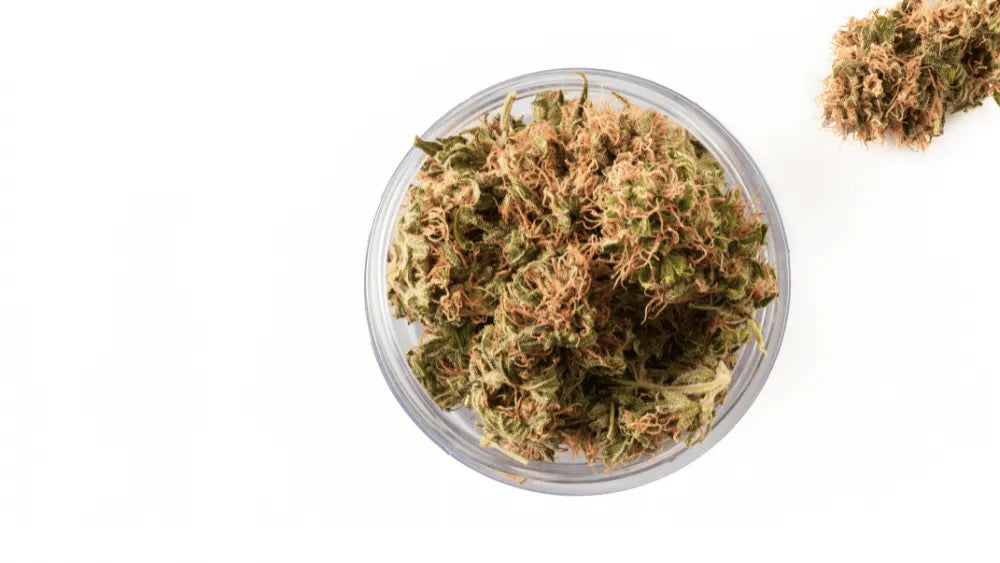
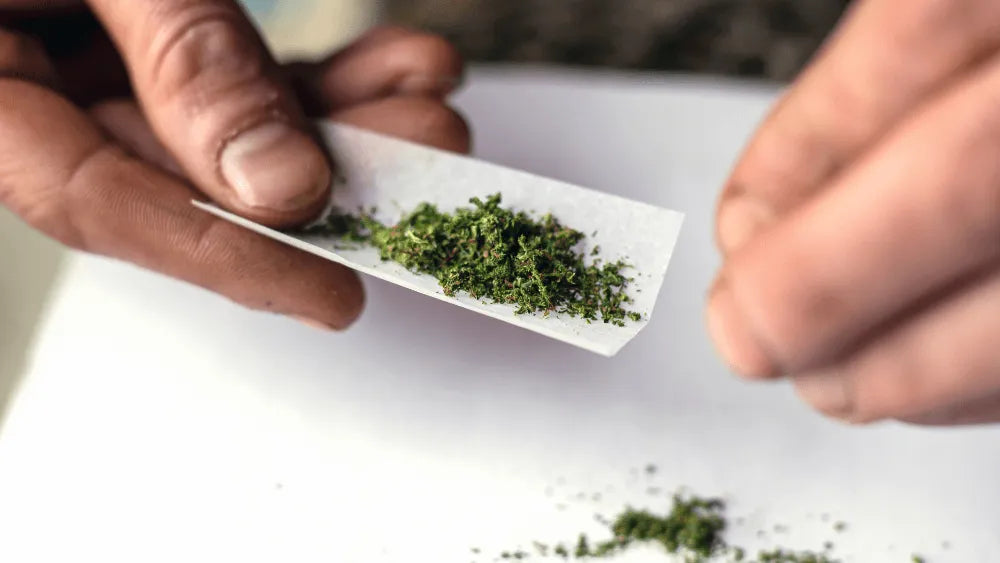
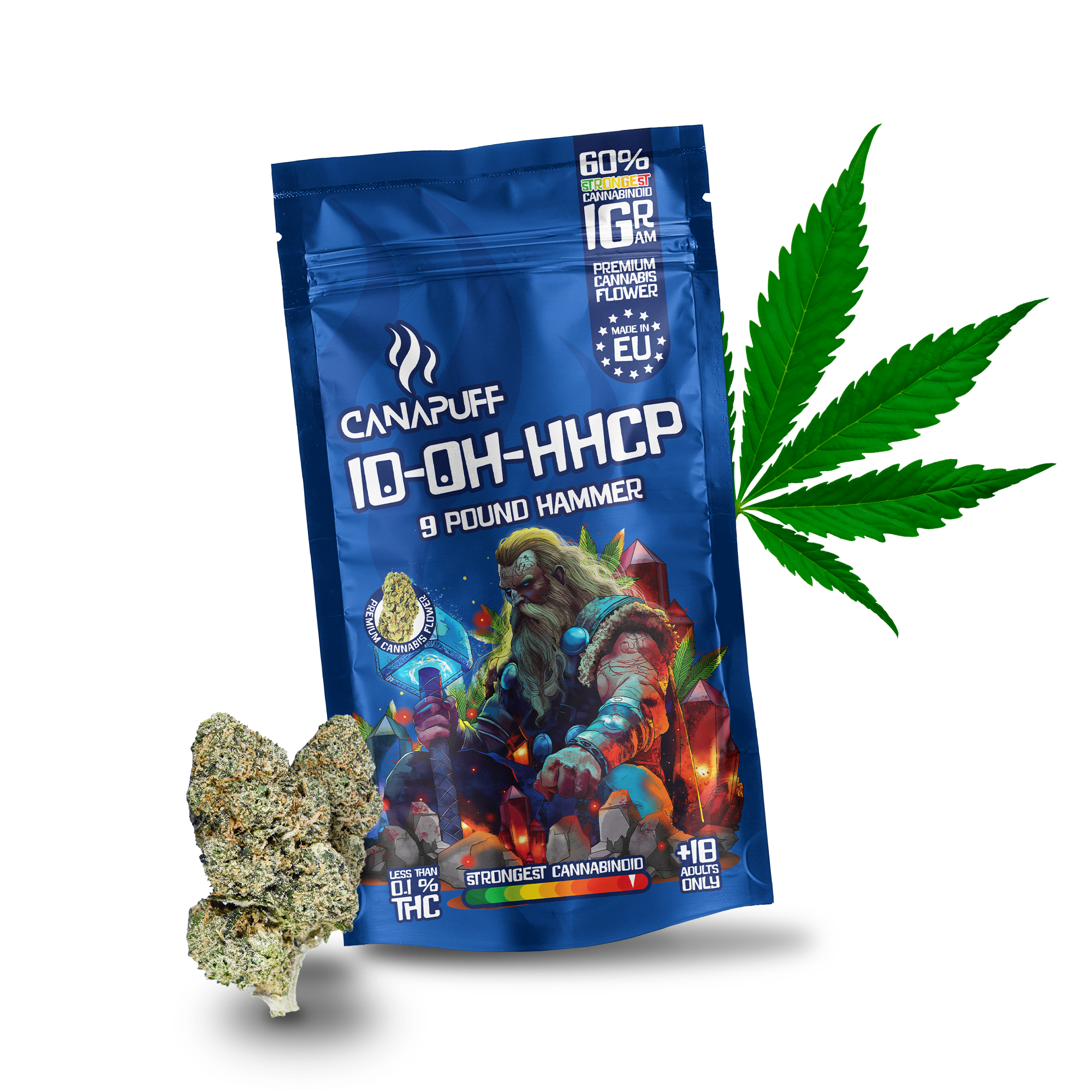
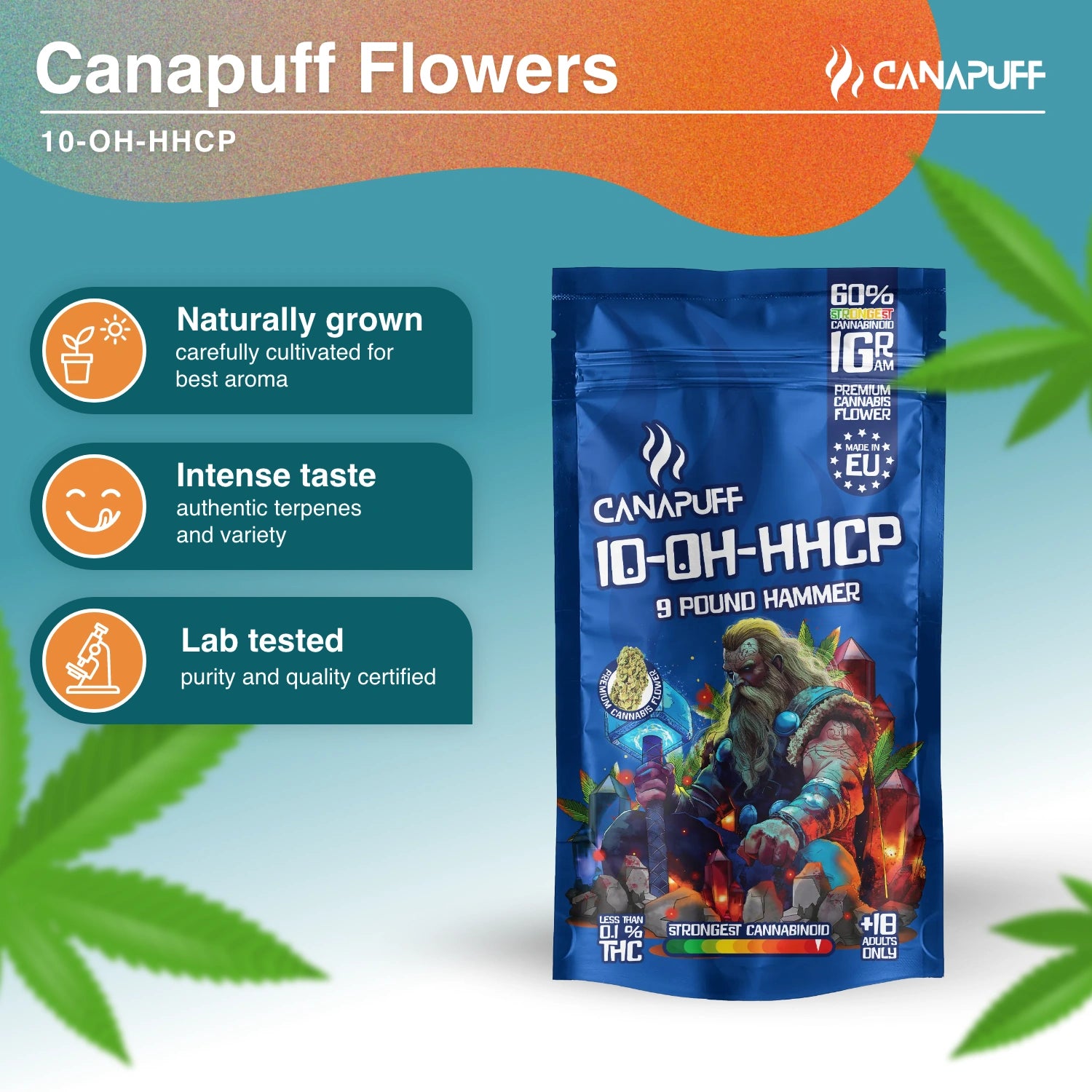
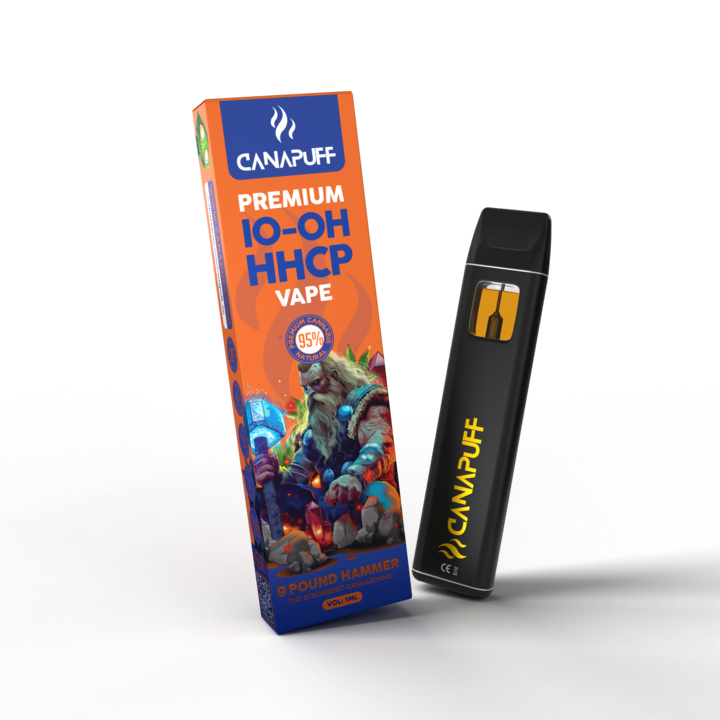
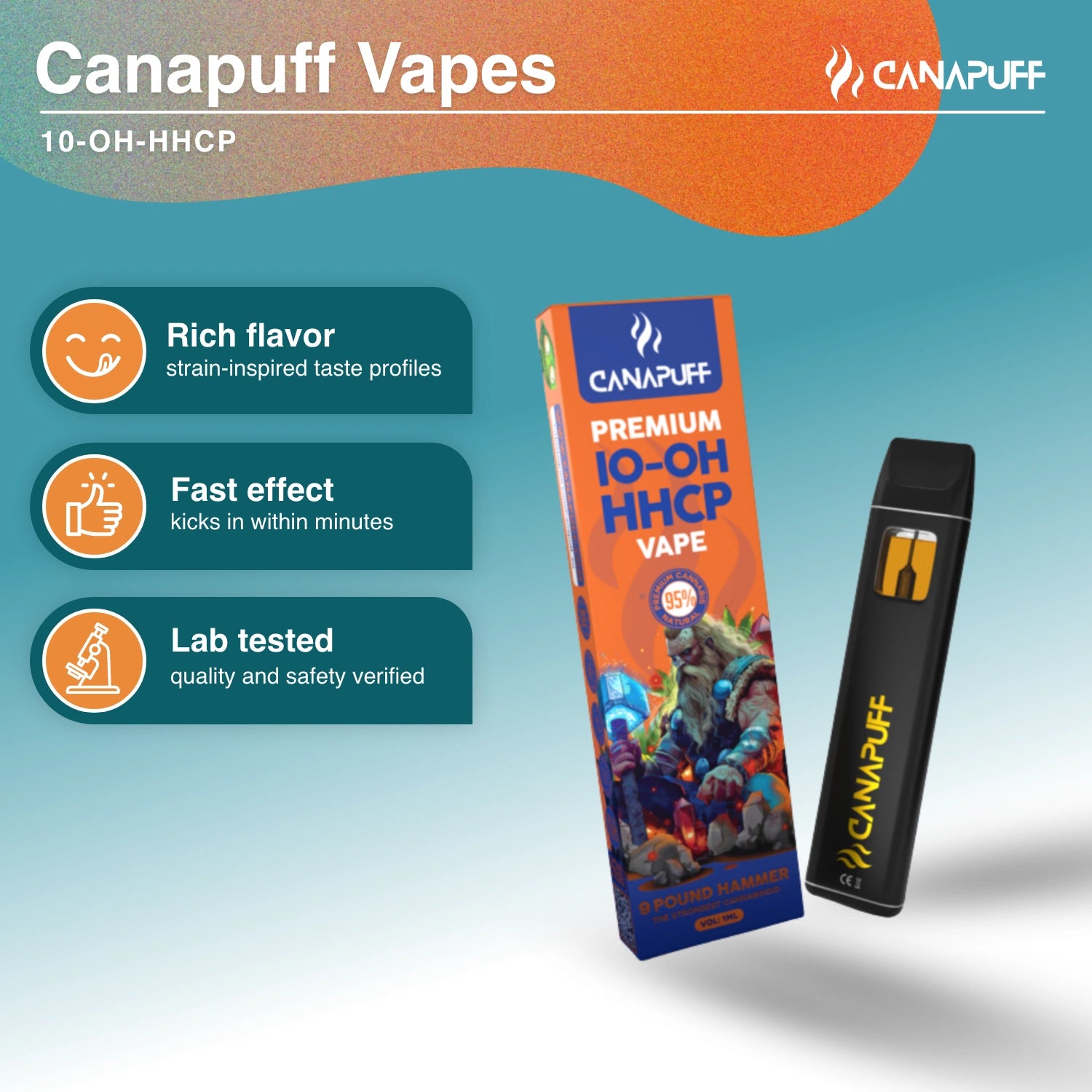
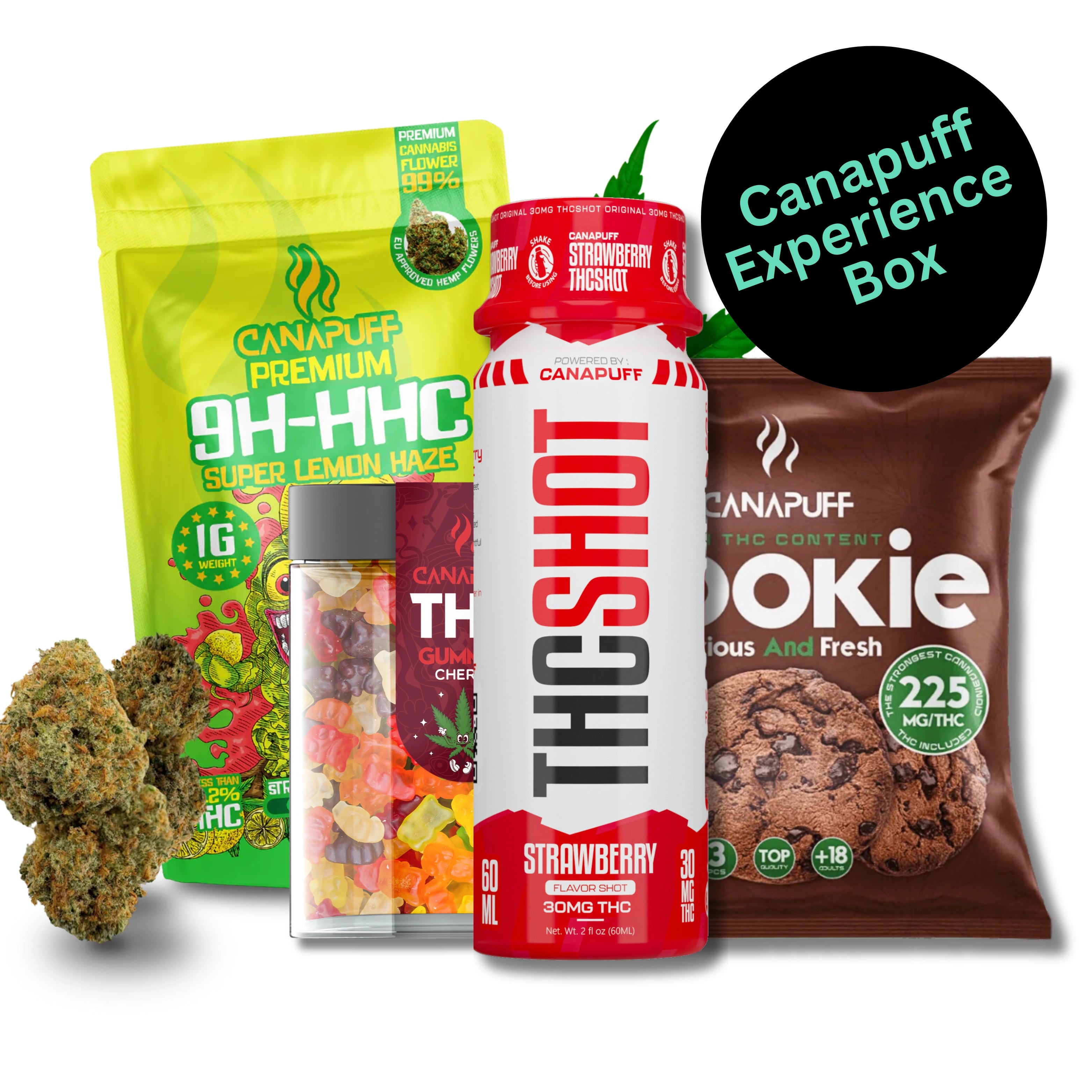

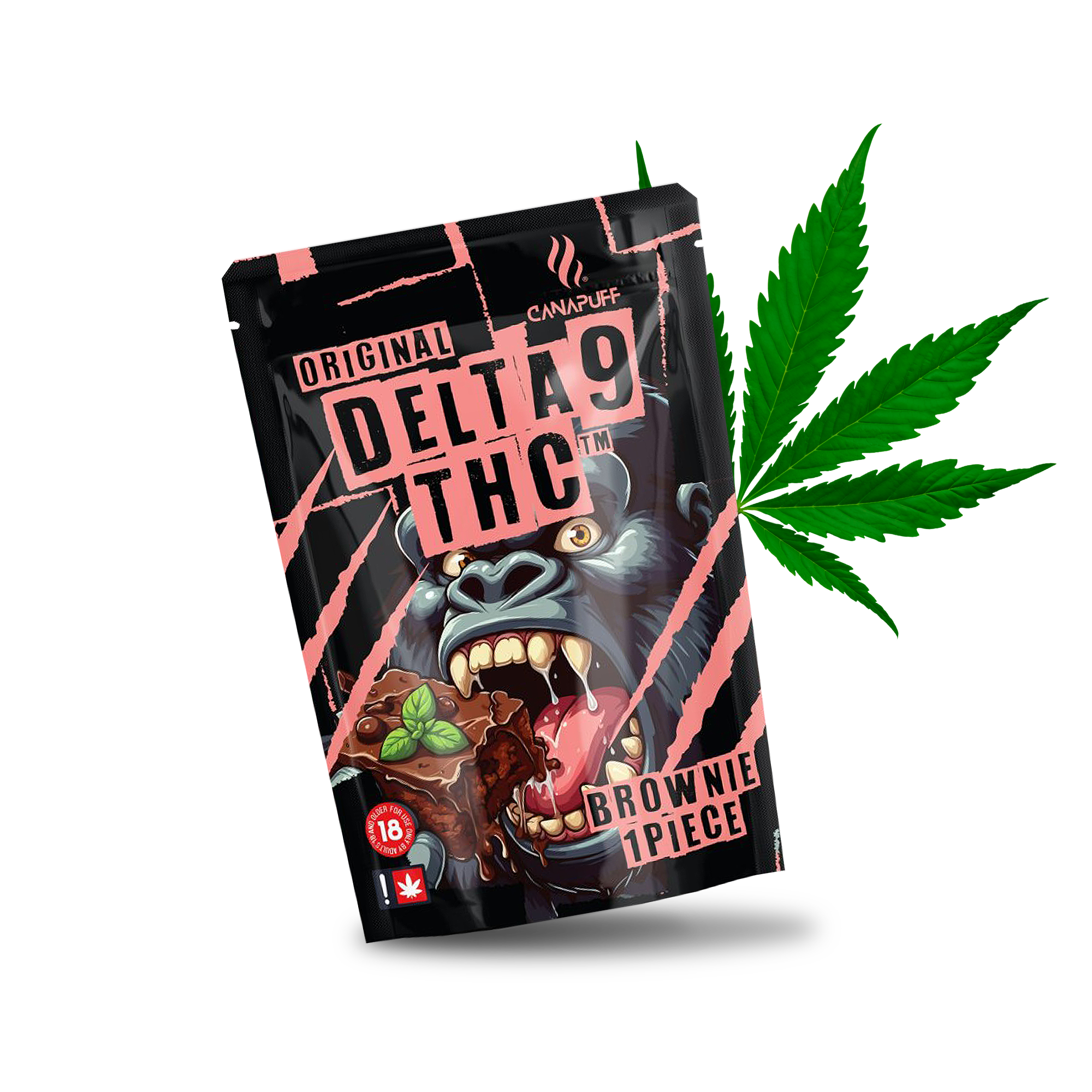




Leave a comment
This site is protected by hCaptcha and the hCaptcha Privacy Policy and Terms of Service apply.